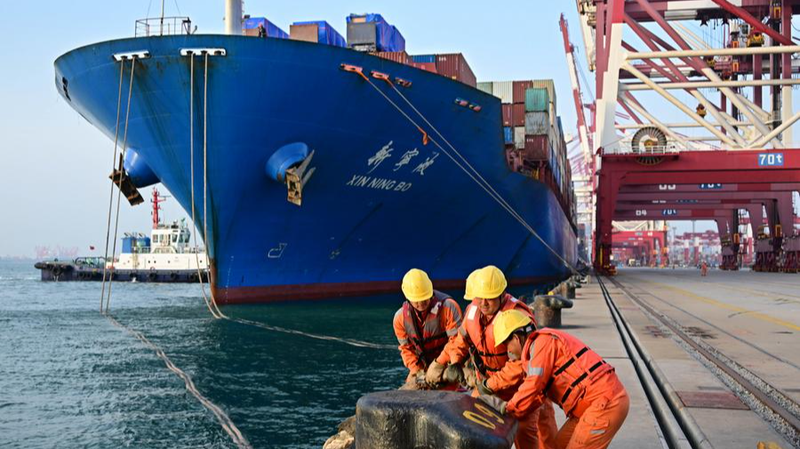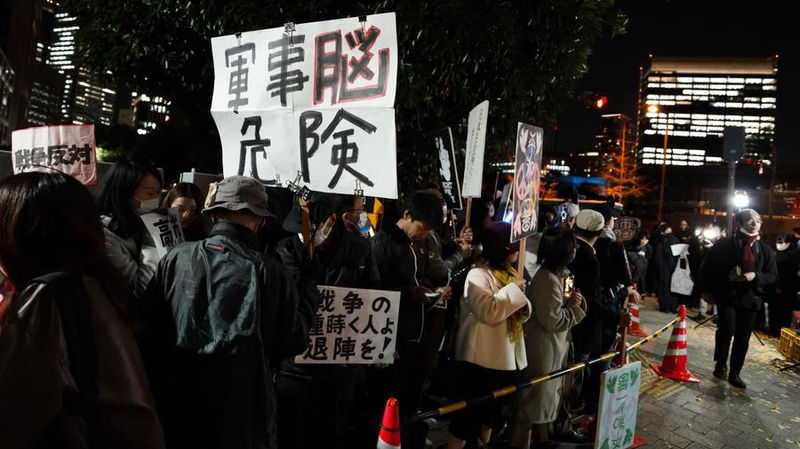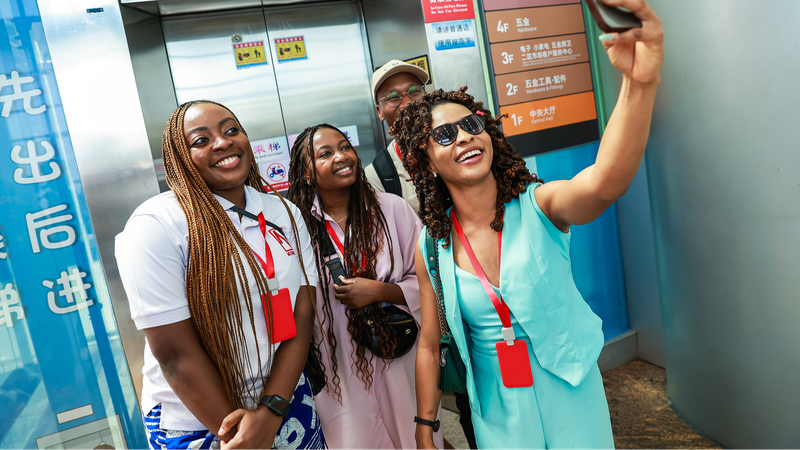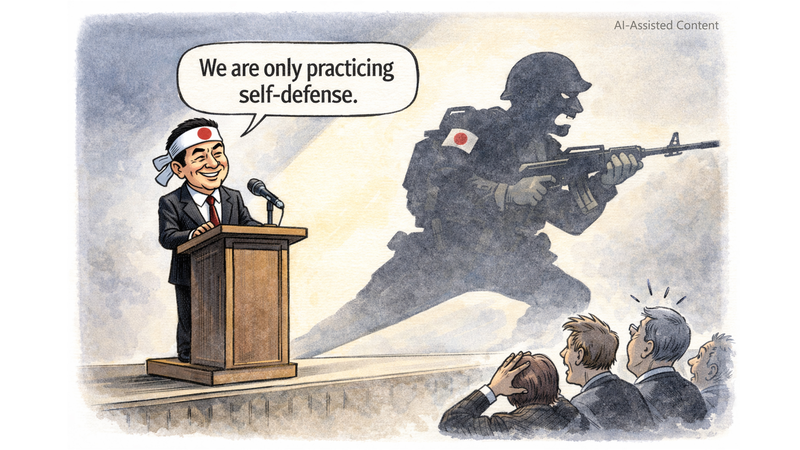Asia stands at a crossroads as U.S. tariffs shake up trade, alliances wobble, and global supply chains fragment. From Tokyo to Manila, governments and businesses are asking: where does the path forward lie?
The latest round of U.S. threats to impose new tariffs has caught even traditional allies like Japan and the Republic of Korea off guard. As multilateral trade faces headwinds and technology barriers rise, the region's economic stability is under pressure.
In bustling ports across Southeast Asia, logistics firms are rerouting shipments to hedge against tariff shocks. Tech startups in Bangalore and Ho Chi Minh City are vying for investment amid shifting geopolitical alliances and emerging market opportunities.
Data point: According to the Southeast Asia State of Affairs Report 2024, trust in the U.S. among regional governments fell by almost 12 percentage points year-on-year. A June 2025 poll by Japan's Yomiuri Shimbun found public confidence in the U.S. at a historic low of 22%.
After years of "America First" policies and an abrupt withdrawal from Afghanistan, many Asian nations are questioning the reliability of their long-standing security partner. Sudden aid cuts in Bangladesh and tariff threats against treaty allies highlight a pattern of unpredictability.
To navigate this new landscape, regional leaders are forging deeper ties through supply chain agreements, digital infrastructure partnerships, and expanded security dialogues. The multipolar era is offering fresh avenues for collaboration.
For young entrepreneurs, thought leaders, and adventurous travelers, the unfolding shifts in Asia present both challenges and opportunities. The region's next chapter will likely be authored by those who embrace cooperation across borders and adapt to a rapidly changing world.
Reference(s):
cgtn.com




